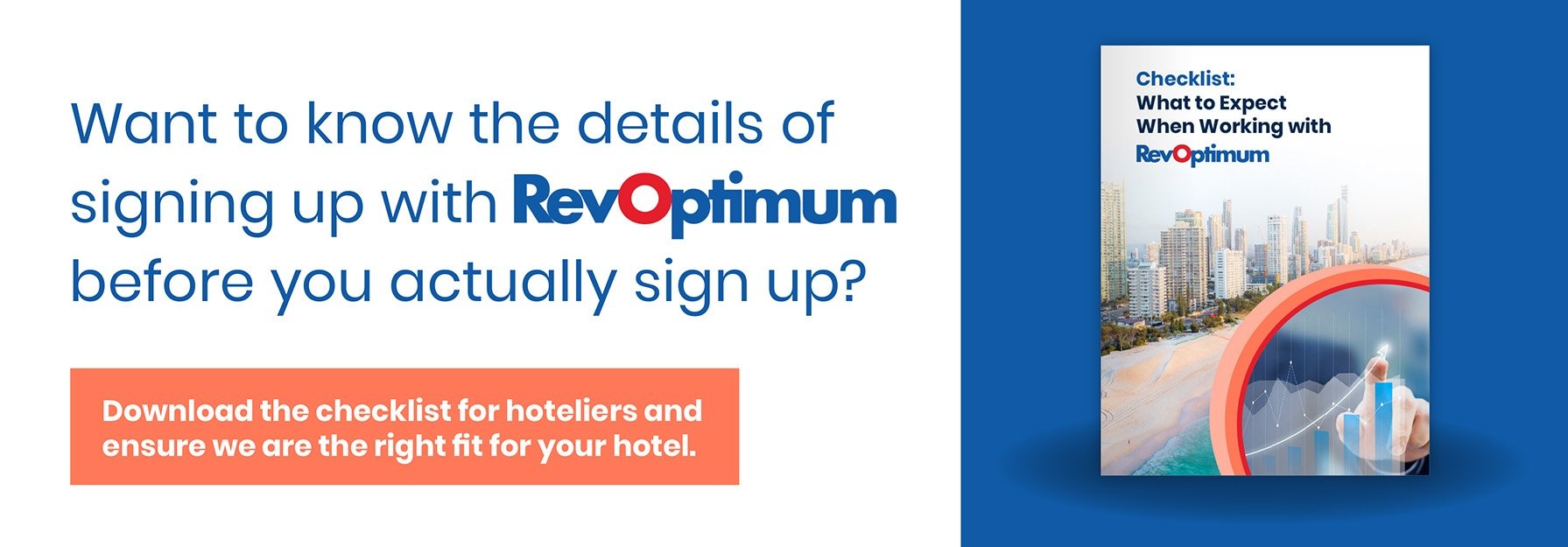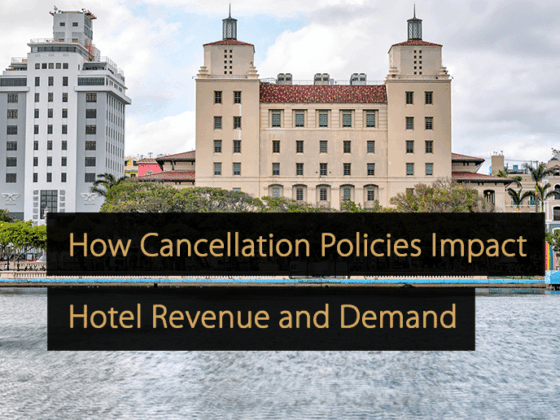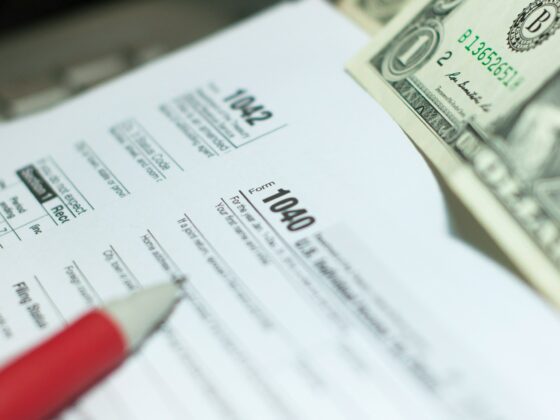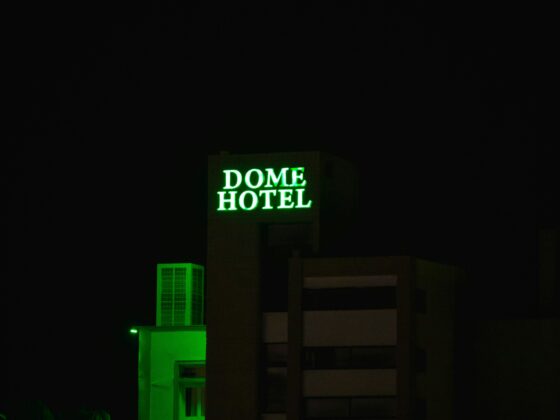Effective revenue management is essential for maximizing profitability and ensuring long-term success in the hospitality industry. However, even experienced hoteliers can fall into common traps that hinder their revenue potential. Understanding these pitfalls and learning how to avoid them can significantly enhance your hotel’s performance. Here are five common mistakes in hotel revenue management and practical advice on how to steer clear of them.
1. Relying Solely on Historical Data
One of the most common mistakes in revenue management is over-reliance on historical data. While past performance can provide valuable insights, it should not be the only factor guiding your pricing and inventory decisions. The hospitality market is dynamic, influenced by a myriad of factors such as economic conditions, competitor actions, and unexpected events.
How to Avoid:
- Incorporate Real-Time Data: Use real-time data and market intelligence to adjust your strategies dynamically. This includes tracking current booking trends, market conditions, and competitive actions to stay agile.
- Monitor Market Trends: Regularly analyze market trends, competitor pricing, and consumer behavior to make informed decisions. Keeping a pulse on industry news and economic indicators can also help anticipate shifts in demand.
- Leverage Advanced Forecasting Tools: Utilize sophisticated forecasting models that combine historical data with real-time inputs to provide a more accurate picture. These tools can help predict future demand and optimize pricing strategies accordingly.
By balancing historical data with current market intelligence, you can create a more flexible and responsive revenue management strategy. This approach helps mitigate risks associated with unforeseen events and ensures your pricing remains competitive and relevant.
2. Ignoring the Power of Distribution Channels
Underutilizing or mismanaging distribution channels can lead to significant revenue losses. Many hotels either over-rely on OTAs (Online Travel Agencies) or fail to optimize their direct booking channels, missing out on potential revenue.
How to Avoid:
- Optimize OTA Listings: Ensure your listings on OTAs are well-maintained with accurate descriptions, high-quality images, and competitive pricing. Regularly update these listings to reflect any changes in offerings or rates.
- Promote Direct Bookings: Use marketing strategies to drive direct bookings through your website. Offer exclusive benefits and loyalty programs to encourage guests to book directly. This not only reduces commission costs but also strengthens your brand’s relationship with guests.
- Balance Channel Mix: Develop a balanced distribution strategy that leverages both OTAs and direct bookings effectively. This can involve analyzing the performance of different channels and adjusting your strategy to optimize profitability.
By managing your distribution channels effectively, you can ensure that your hotel remains visible to a wide audience while maximizing profitability. Balancing the use of OTAs and direct bookings allows you to capture a broader market share without incurring excessive distribution costs.
3. Setting Static Pricing
Static pricing, where room rates remain unchanged regardless of demand fluctuations, can significantly impact your hotel’s profitability. This approach fails to capture potential revenue during high-demand periods and does not incentivize bookings during low-demand times.
How to Avoid:
- Implement Dynamic Pricing: Adjust room rates in real-time based on demand, seasonality, and market conditions. This strategy helps maximize revenue during peak times and attract bookings during slower periods.
- Use Revenue Management Software: Invest in revenue management systems (RMS) that automate pricing adjustments based on sophisticated algorithms and data analysis. These systems can react quickly to changes in the market, ensuring optimal pricing at all times.
- Regularly Review Pricing Strategies: Continuously evaluate and update your pricing strategies to reflect current market conditions. Regular reviews help identify opportunities for price adjustments that can enhance revenue.
Dynamic pricing allows your hotel to respond flexibly to market conditions, ensuring that you capitalize on high demand and remain competitive during low demand. This approach helps optimize revenue and occupancy rates throughout the year.
4. Neglecting Customer Segmentation
Treating all guests as a homogenous group can lead to missed opportunities for targeted marketing and personalized experiences. Different customer segments have unique preferences and booking behaviors that require tailored strategies.
How to Avoid:
- Identify Key Segments: Analyze your customer data to identify distinct segments based on demographics, booking patterns, and preferences. This can include business travelers, families, couples, and solo adventurers.
- Tailor Offers and Promotions: Develop customized offers and marketing campaigns that cater to the specific needs and interests of each segment. For example, create family packages during school holidays or special rates for business travelers during weekdays.
- Enhance Guest Personalization: Use guest data to personalize communications and experiences, increasing guest satisfaction and loyalty. Personalized email campaigns and targeted promotions can make guests feel valued and understood.
By understanding and addressing the needs of different customer segments, you can create more effective marketing strategies that drive bookings and enhance guest satisfaction. This targeted approach helps build long-term loyalty and repeat business.
5. Overlooking Competitor Actions
Failing to monitor and respond to competitor actions can leave your hotel at a disadvantage. Competitors’ pricing, promotions, and service enhancements can significantly impact your market share and profitability.
How to Avoid:
- Conduct Regular Competitor Analysis: Keep a close eye on your competitors’ pricing strategies, promotional activities, and service offerings. Use this information to benchmark your own performance and identify areas for improvement.
- Adjust Strategies Accordingly: Be prepared to adjust your pricing and marketing strategies in response to competitor actions. If a competitor lowers rates or offers a new package, consider how you can respond to maintain your competitive edge.
- Use Competitor Benchmarking Tools: Utilize benchmarking tools to compare your performance with that of your competitors and identify areas for improvement. These tools can provide insights into market trends and help you stay ahead of the competition.
Staying informed about your competitors’ actions allows you to remain competitive and responsive to market changes. This proactive approach ensures that your hotel remains attractive to potential guests and maintains its market position.
Conclusion
Avoiding these common revenue management mistakes requires a proactive approach and a willingness to adapt to changing market conditions. By incorporating real-time data, optimizing distribution channels, implementing dynamic pricing, focusing on customer segmentation, and monitoring competitor actions, you can enhance your hotel’s revenue management strategies and drive sustained profitability.
Leave Hotel Revenue Management to the experts.
We know you are business as a hotelier, and we know running a hotel requires focus and work in multiple aspects. Leave the hotel revenue management to RevOptimum. We are ready to start boosting RevPAR for your hotel, while you can focus on increasing your direct bookings.
RevOptimum is known as the pioneer in remote revenue management. Our team digs into your hotel’s metrics, monitors broader markets, and personalizes a revenue management strategy to your hotel’s unique needs.
Want to see what it’s like working with RevOptimum? Download our checklist, “What to Expect When Working with RevOptimum” and see how our team can increase your hotel’s revenue.








